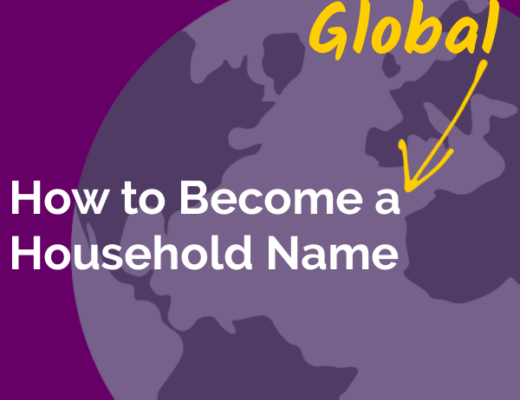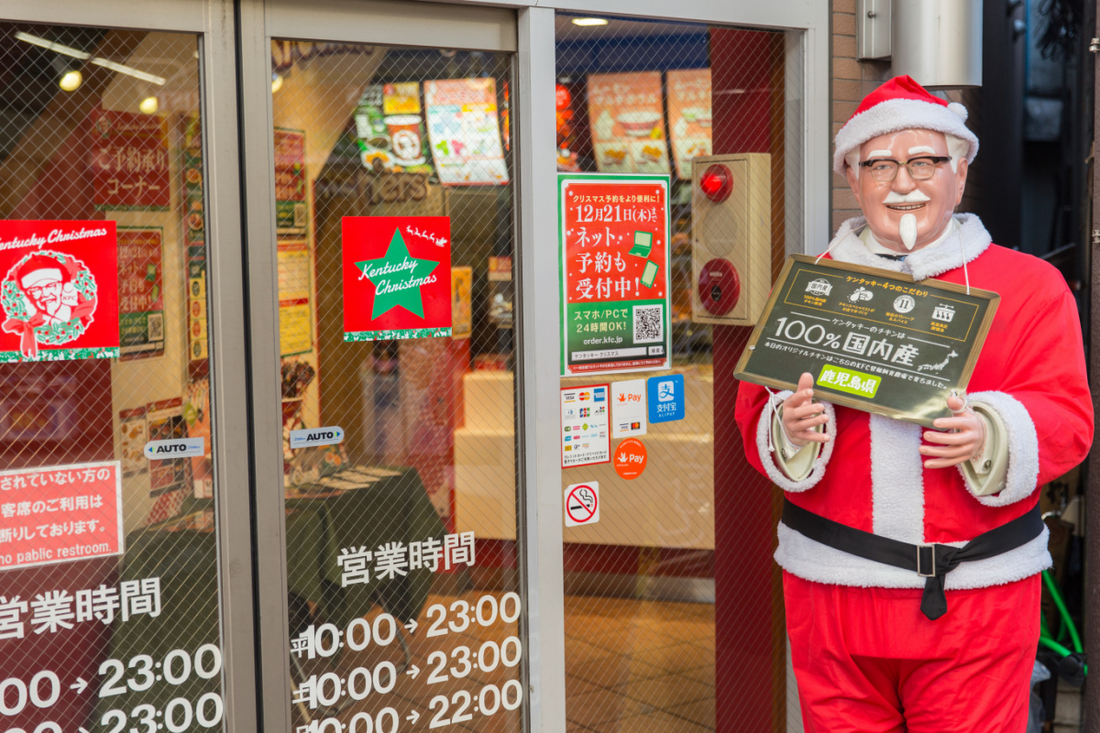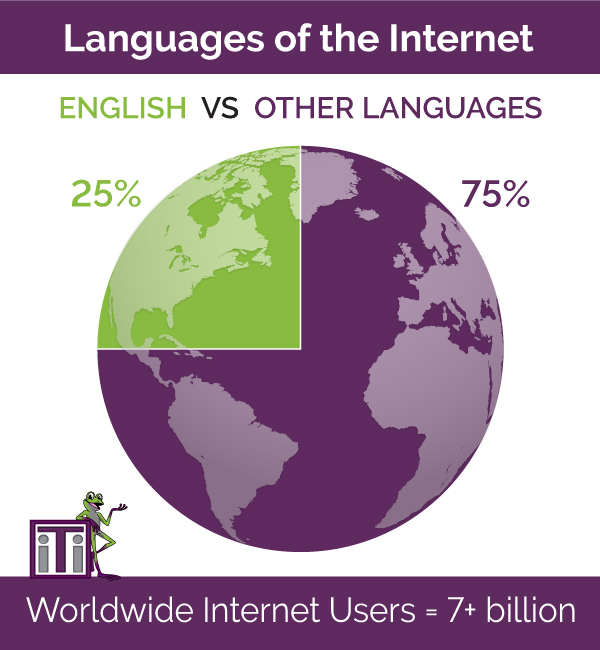
Coca-Cola, McDonalds, Nike, KFC, Marlboro…it probably doesn’t surprise you that people all around the world recognize these brand names just as easily as you do. They’re American companies that have become as well-known on the opposite side of the globe as they are at home.
But did you know that Red Bull is not an American brand?
That’s right. Red Bull GmbH is an Austrian company. Their slogan, “Red Bull Gives You Wings,” while similar to the original German slogan, Red Bull verleiht Flügel, is not an exact translation. The word “you” was inserted to make it sound more American.

Photo credit: wemotor.com
It wasn’t just translated. It was localized. If you need a refresher on the difference between translation and localization, check out our blog post on website localization. Put simply, Localization is the process of adapting text, images, videos, marketing campaigns and more, to fit the linguistic, cultural and societal norms of your target audience.
Customizing the slogan wasn’t the only thing Red Bull did to fool you into thinking they were American as apple pie. With the USA becoming their most rapidly expanding market, they chose marketing images and channels that would resonate with the American audience.
Can you say NASCAR?
Kentucky Fried Chicken is well known for successful localization (see more here). The brand is so popular in Japan that it has become a traditional Christmas day meal, with many locations selling out and preorders encouraged. And, while the Colonel is a well-recognized brand symbol, the KFC menu in Japan has been localized to include items like Kentucky Fried Salmon, Kentucky Chicken Rice and, in some locations, Kentucky Bento Boxes.

Take a look at the Japanese version of KFC’s website. You’ll see that it’s more than just the menu choices that have been localized–the site layout is different, and so are the colors. While red is good for marketing in both Japan and the United States, you’ll see a lot more yellow on the Japanese site, where the color is a more popular choice.
You might also notice the absence of the “Finger Lickin’ Good” slogan. That’s because licking your fingers is a serious etiquette breach in Japan. In fact, meals ordered from Japanese locations come with special three-fingered “chicken eating gloves” to facilitate easy post-meal cleanup!
Sometimes, localization requires even more subtlety. In much of the world, written language moves from left to right and, according to some studies, this affects the way the brain is trained to see things. For example, paintings from these parts of the world often include “movement” that pulls the eye from left to right.

In countries where language is written from right to left, images are more likely to move in the other direction. It’s theorized that artists don’t do this as a conscious decision. But when you’re localizing a webpage, the way your target audience will read the page–literally–is a consideration. Thinking of including a carousel in a country where Arabic is the predominant language? Maybe it should rotate differently!
 Do you know the cultural icons in your target market? What are the most popular sports teams (and what colors do they wear)? Which pastimes do the locals indulge in? Is Karaoke really as popular in Japan as you think? Is it true that people in India are wild for photography and nearly half of French adults watch baking shows?
Do you know the cultural icons in your target market? What are the most popular sports teams (and what colors do they wear)? Which pastimes do the locals indulge in? Is Karaoke really as popular in Japan as you think? Is it true that people in India are wild for photography and nearly half of French adults watch baking shows?
When you’re breaking into a new market, it’s important to know what will catch your audience’s attention. Images and messaging that incorporate things they are already predisposed to enjoy will do better.
Great — you’re ready to wow your audience with language, imaging, colors and cultural images that speak directly to them. But…can they even find you?

You can be sure that your potential customers are entering phrases into search engines in their native language. If your SEO isn’t optimized for that language, you’ll be invisible. Localization means not only tailoring your content to your target audience, but also making sure your website shows up on search results pages.
If you want to become a global household name, take a lesson from the big brands. You don’t have to be Coca-Cola or McDonalds to reach a foreign audience, but it doesn’t hurt to think like them!
The original version of this page was published at: https://blog.ititranslates.com/2022/02/14/how-to-become-a-global-household-name/
Our healthcare language services ensure compliance by the Joint Commission and improved patient satisfaction. iTi's suite of health language services enables seamless contact between patients and m... Read more
How much is too much (or too little) text?There are a lot of factors to consider when you’re getting ready for a website localization project. One you may not have considered ...read more
Google recently announced an update to its search algorithm that will enable it to process and correlate data across different languages, industries, and subjects like never before. ...read more
Virtual calls are not only commonplace these days, but most of us have become pros at them. Did you know you can include an interpreter on these calls to help your Limited English ...read more
Key Takeaways:54% of adults read below a 6th-grade levelPlain Language is a clear, concise way of writing that promotes better understandingPlain Language is essential in the healthcare ...read more